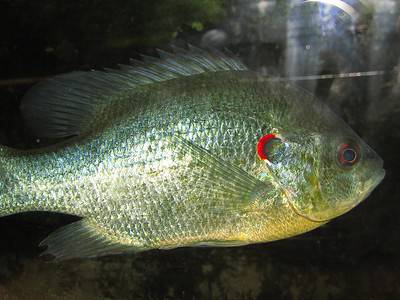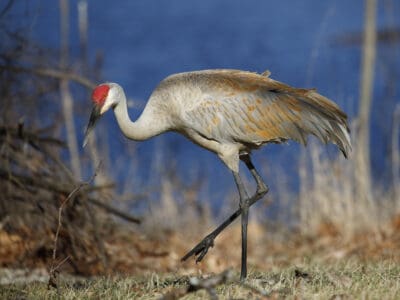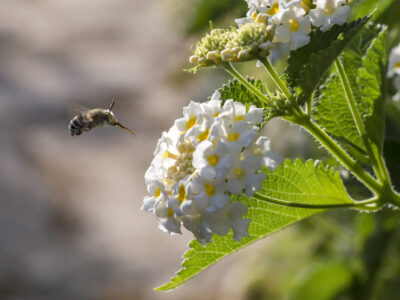New Hampshire is a New England state known for its mountain bluffs, picturesque scenery, and spectacular fall foliage. New Hampshire is second only to Maine in the amount of forested land it has. Almost 85% of its 5.7 million acres are forested. The world-famous Appalachian Trail runs through the state’s mountainous areas.
This small state has a population of only 1.3 million. It borders Canada to the north, Vermont, and Canada to the west, Massachusetts to the south, and Maine and the Atlantic Ocean to the east. New Hampshire has a mild summer, a moderate fall, and harsh, long winters with regular snowfall.
Wildlife of New Hampshire
New Hampshire’s hills, coastline, lakes, and forests are home to an abundance of wildlife. The state has more than 500 native animal species. These include most of the common northeastern woodland animals, shorebirds, and marine mammals.
Predators
New Hampshire’s forests and mountain areas are home to coyotes, bobcats, red foxes, gray foxes, and wolves. These nocturnal predators hunt white-tail deer, rabbits, mice, and other small wild critters. Black bears and moose also live in the forests.
Small Mammals
There are many small wild mammals in New Hampshire’s hills and forests. It is common to see snowshoe hares, southern bog lemmings, northern bog lemmings, American martens, and smoky shrews. You will see common small wild creatures like raccoons, opossums, and skunks, but you’ll also spot some strange creatures like porcupines, southern flying squirrels, and fishers.
The fisher, also known as a fisher cat, is a nocturnal hunter that resembles a cross between a cat and a weasel. It is fast, agile, and an excellent climber. Fishers were once hunted to extinction, but their populations have recovered, and they are now all over New Hampshire.
Its rodents include the woodland jumping mouse, white-footed mouse, woodchuck, and groundhog. On New Hampshire’s lakes, you are likely to see river otters, muskrats, weasels, and beavers.
The state has many native bat species, including the small-footed bat, silver-haired bat, and northern long-eared bat. These are some of the rarest bat species.
Fish
New Hampshire has most of the fish common to the colder waters of the North Atlantic. These include coho salmon, Chinook salmon, Atlantic sturgeon, herring, shad, and smelt.
Popular marine fish are the striped bass, bluefish, Atlantic cod, and several species of flounder, including white flounder, witch flounder, and smooth flounder. Its marine mammals include dolphins, porpoises, pilot whales, and harbor seals.
New England is known for its shellfish, and New Hampshire is no exception. Its mollusks include softshell clams and oysters.
New Hampshire is a popular location for sport fishermen. Its lakes and rivers are home to popular freshwater fish like largemouth bass, brown bullheads, bluegills, carp, lake trout, brook trout, rainbow trout, sunfish, lamprey, shiner, and whitefish.
Birds
The state has hundreds of bird species, including waterfowl, forest birds, and shorebirds. Its game birds include the ruffed grouse and ring-necked pheasant. Common forest birds include the eastern bluebird, indigo bunting, snow bunting, hermit thrush, gray catbird, mourning dove, dark-eyed junco, and ruby-crowned kinglet.
Golden eagles, rough-legged hawks, and many species of owl make up its raptor species.
With 18 miles of Atlantic coastline, New Hampshire’s shoreline and lakes are home to snowy egrets, loons, mallards, black-headed gulls, great blue herons, and piping plovers.
Reptiles and Amphibians
New Hampshire has many frogs and other amphibians. The northern leopard frog, mudpuppy, and gray treefrog are among the critters you will find in the woods. It also has the spring peeper, the much-loved northeastern frog known for its strange, melodious announcements that spring is coming. The state has 10 species of salamander, including the spotted salamander, marbled salamander, and spring salamander.
You can see common turtles, including spotted turtles and snapping turtles. Its native snakes include timber rattlesnakes, common garter snakes, and redbelly snakes.
The redbelly or red-bellied snake has one of the rarest colorings of any snake. It features a black body with a bright red underbelly. This small snake only grows about 10 inches. It is not venomous and is harmless to humans. It feeds on slugs and earthworms.
Insects
New Hampshire’s native insects range from beetles to butterflies. The monarch butterfly, white mountain fritillary, and frosted elfin butterfly are all native to the state, and all three are endangered.
Other native insects include the yellow-banded bumblebee, Puritan tiger beetle, and Appalachian tiger beetle. They are all endangered.
Read about some spider species that live in New Hampshire.
The Official Animal of New Hampshire
New Hampshire’s official state animal is the white-tail deer. These deer are abundant in New Hampshire. They are frequent visitors to the state’s parks.
Its official insect is the ladybug or lady beetle (Coccinella magnifica), which is one of the most beloved bugs in the world. Known as ladybirds in other English-speaking countries, they are considered a sign of good luck in many cultures.
Its official bird is the purple finch (Haemorhous purpureus). The purple finch is a gorgeous bird with berry-colored feathers that often shade bright purple.
Where To Find the Top Wild Animals in New Hampshire
- Ahern State Park is a protected area on the shore of Lake Winnisquam. It has forested trails and is a wonderful place to see small wild animals, ducks, birds and crabs.
- Bear Brook State Park is an excellent place to see birds, white-tail deer, small mammals and raptors. The ponds are good places to spot beavers, frogs and birds.
- Northwood Meadows State Park is a forested preserve filled with old growth trees, waterfalls and creeks.
- Located in Odiorne State Park, the Seacoast Science Center is an ideal place for hands-on learning about marine mammals.
Zoos in New Hampshire
Squam Lakes Natural Science Center: This center is a combination zoo and wilderness education center. This incredibly scenic spot features a large lake, hiking trails, lake cruises, and live animals. The beautiful lake is home to loons and other shorebirds. The 1981 movie On Golden Pond was filmed on Little Squam Lake.
The zoo’s animals represent the native wildlife of New Hampshire. They are all wild animals who were rescued but can’t be returned to the wild.
The walking trail takes you past all the animal exhibits. You will see bobcats, coyotes, gray foxes, fishers, and small rodents. The bird exhibit has raptors and shorebirds. Reptiles and amphibians include frogs and turtles.
The Most Dangerous Animals in New Hampshire Today
New Hampshire has moose and black bears. These large predators can be aggressive when they feel threatened by humans. However, there have been no recorded deaths from these animals in the state.
According to state folklore, New Hampshire is home to the strange and terrifying Devil Monkey, a similar creature who supposedly first appeared in the town of Danville. It began in 2001 when a fire chief claimed he saw a monkey running through the downtown streets. There have been repeated sightings of the Devil Monkey ever since, but it has never been caught.
The state’s most dangerous animal is the wood tick. This blood-sucking parasite is prevalent in the woods and carries many diseases. Biologists say ticks normally die in the winter, but climate change has led to longer stretches of warm weather that allow them to live longer.
Endangered Animals in New Hampshire
- Marbled salamander (Ambystoma opacum): This black and white striped salamander is considered a species in greatest need of conservation by the state. This small salamander grows to about 4 inches. It lives in forests and rocky slopes.
- Piping plover (Charadrius melodus): One of the rarest shorebirds, the piping plover is protected by state law. This gray and white shorebird nests on coastal beaches, sand flats and barrier islands.
- New England cottontail (Sylvilagus transitionalis): This large rabbit is the only rabbit native to the New England region. It is active in both daylight and nighttime hours. Once widespread, they are now endangered. New Hampshire and other New England states have started habitat plans to encourage landowners to create rabbit-friendly habitats for cottontails. The Great Thicket National Wildlife Refuge is a conservation area that protects New England cottontails and other species.
- Canada lynx (Lynx canadensis): This nocturnal predator is one of the rarest big cats. It is a shy, secretive forest dweller that mostly hunts snowshoe hares. It is about the size of a bobcat but with longer hair. It was once common to the northeastern states. In recent years, Canada lynx have been spotted in the northern borders of Vermont and New Hampshire.
- Moose: These huge animals once roamed all over New Hampshire, but their numbers have declined in the past decades. Wildlife biologists say the extended lifespan of wood ticks is to blame. Ticks have caused fatal anemia in many moose.
Small Is Beautiful
New Hampshire is a small state that is home to many wild, beautiful creatures. With a mix of mountains, forests, and coastline, it has a rich variety of ecosystems. The state’s parks and protected forest areas are great places to see them.
Native Plants in New Hampshire
The state of New Hampshire hosts roughly 1,500 species of plants known as native vascular plants. Almost 400 of these plants are protected by the Native Plant Protection Act. Some native plants in New Hampshire include butternut, smooth sumac, and poison ivy, among others.
Flag of New Hampshire
The flag of New Hampshire is made up of a blue field with the State Seal at its center. This seal consists of a frigate Raleigh and a granite boulder, all surrounded by laurel leaves and nine stars.
More Articles Related to New Hampshire
Read about:
- extinct animals that lived in New Hampshire.
- the best national parks in New England.
- snakes in New England.
- magnificent waterfalls in New Hampshire.
- the longest biking trail in New Hampshire.
- the best camping in New Hampshire.
New Hampshirite Animals

Admiral Butterfly
Stunningly beautiful wings
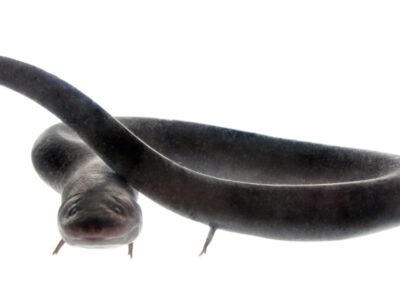
American Eel
Don't eat raw eel! Their blood is poisonous to humans when consumed raw.
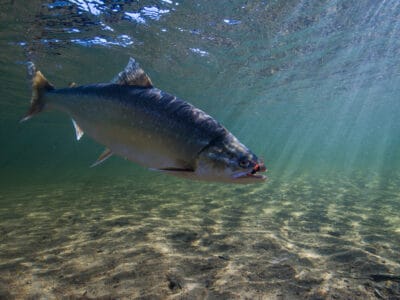
Arctic Char
Arctic char is the northern-most fish; no other fish lives anywhere further north!

Armyworm
They are so named because they "march" in armies of worms from one crop to another in search of food
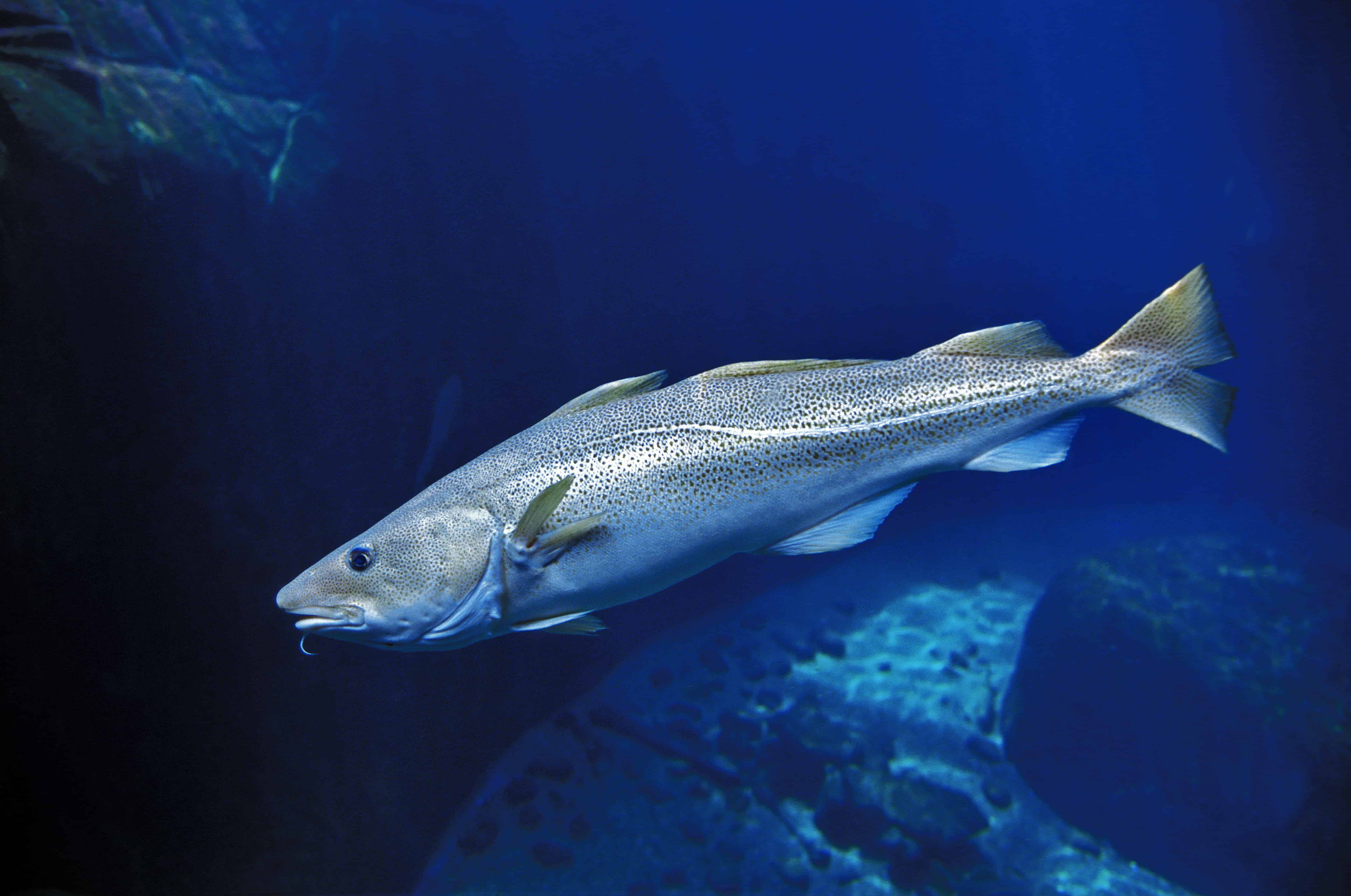
Atlantic Cod
One of the most popular food fishes in the world
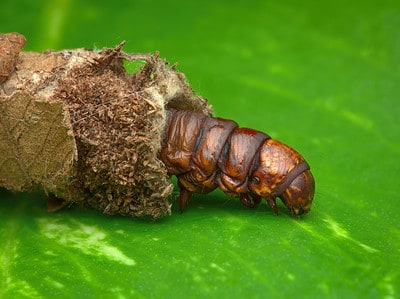
Bagworm Moth Caterpillar
They continually enlarge their protective cases

Beewolf wasp
They hunt bees

Brook Trout
The Brook Trout is actually part of the salmon family, making it not technically a trout.

Common Yellowthroat
The Common Yellowthroat stays close to the ground and uses stealth to survive!
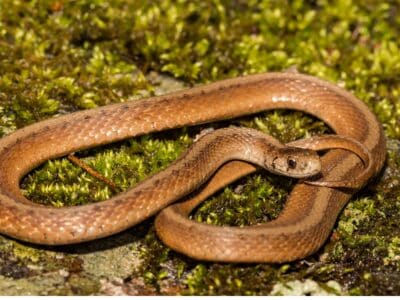
De Kay’s Brown Snake
They have specialized jaws for removing snails from shells.

Eastern Chipmunk
The name chipmunk is derived from an Ojibwe word that means “one who descends the trees headfirst.”

Eastern Hognose Snake
Eastern hognose snakes are venomous, but only to frogs and toads.

Flea
Adult fleas can jump up to 7 inches in the air
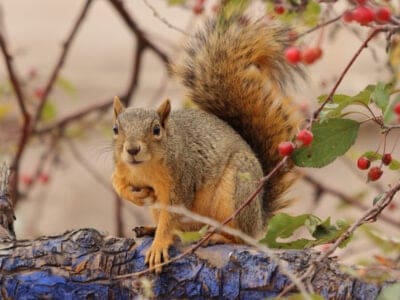
Fox Squirrel
Although it is a tree squirrel, it spends most of its time on the ground.

Groundhog (Woodchuck)
They whistle to each other to warn of approaching danger!

Jack Crevalle
One of the biggest species in the Caranx genus

Mealybug
They have a symbiotic relationship with ants.

Mockingbird
Mockingbirds are incredible mimics that can learn hundreds of songs!
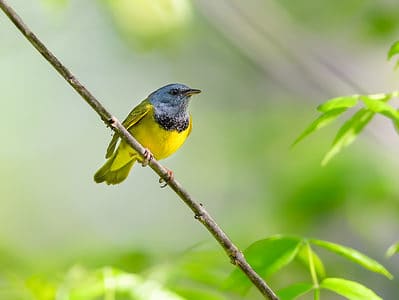
Mourning Warbler
The Mourning Warbler was named for its gray head, which resembles a mourning veil!

Nematode
Nematodes range in size from 1/10 of an inch to 28 feet long
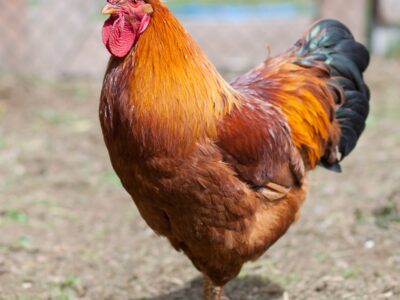
New Hampshire Red Chicken
New Hampshire reds are known for being quite food aggressive towards other chickens and won't hesitate to push other flock mates out of the way to get to the feed.

Northern Water Snake
Northern watersnakes’ teeth help them nab fish as they swim by.

Orb Weaver
Females are about four times the size of males

Owl
The owl can rotate its head some 270 degrees
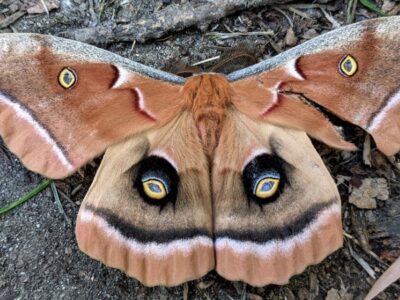
Polyphemus Moth
The Polyphemus moth doesn’t and can't eat, except when it's a caterpillar!
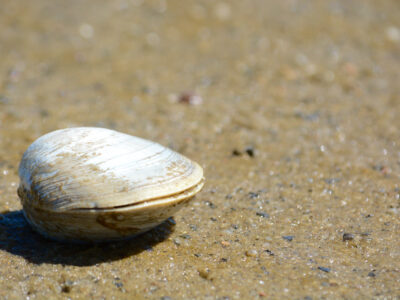
Quahog Clam
Their hinged shell protects their soft body
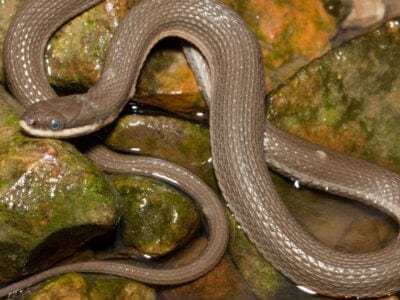
Queen Snake
Queen snakes have armor-like scales on the top of their head

Rat Snakes
Rat snakes are constrictors from the Colubridae family of snakes.

Rooster
Will mate with the entire flock!
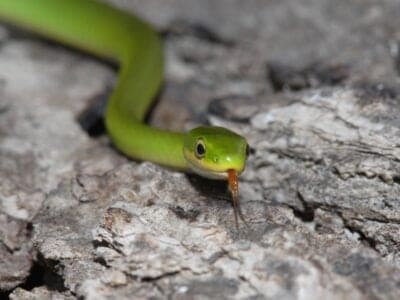
Rough Green Snake
Rough green snakes are great pet snakes because they're low-maintenance.
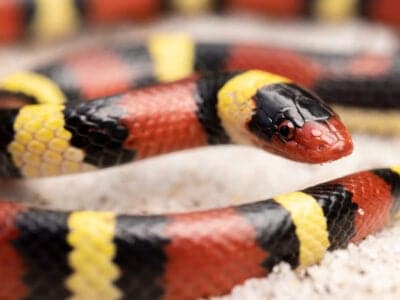
Scarlet Kingsnake
Scarlet kingsnake’s pattern is an example of Batesian mimicry.
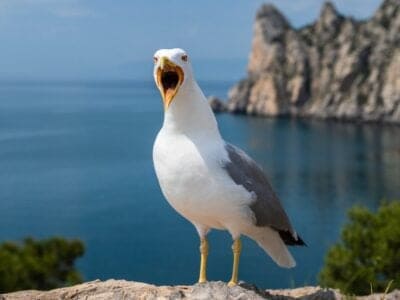
Seagull
Some gulls are capable of using tools

Smallmouth Bass
A fierce fighter!

Smokybrown Cockroach
Has up to 45 eggs per egg case
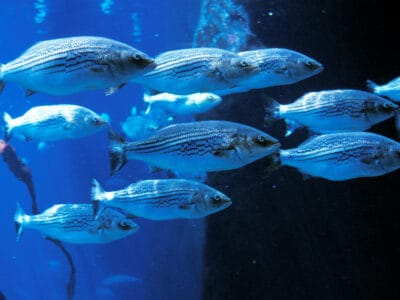
Striped Bass
Pilgrims counted striped bass as an essential part of their diet from the time they arrived in North America.

Tree Cricket
They make music with their wings
New Hampshirite Animals List
- Admiral Butterfly
- American Eel
- Arctic Char
- Armyworm
- Atlantic Cod
- Bagworm Moth Caterpillar
- Beewolf wasp
- Brook Trout
- Common Yellowthroat
- De Kay’s Brown Snake
- Eastern Chipmunk
- Eastern Hognose Snake
- Flea
- Fox Squirrel
- Groundhog (Woodchuck)
- Jack Crevalle
- Mealybug
- Milk Snake
- Mockingbird
- Mourning Warbler
- Nematode
- New Hampshire Red Chicken
- Northern Water Snake
- Orb Weaver
- Owl
- Polyphemus Moth
- Quahog Clam
- Queen Snake
- Rat Snakes
- Redear Sunfish
- Rooster
- Rough Green Snake
- Sandhill Crane
- Scarlet Kingsnake
- Seagull
- Smallmouth Bass
- Smokybrown Cockroach
- Southeastern Blueberry Bee
- Striped Bass
- Swallowtail Butterfly
- Tree Cricket
- Yellowish Cuckoo Bumblebee (formerly Fernald’s Cuckoo Bumblebee)
Animals in New Hampshire FAQs (Frequently Asked Questions)
What animals live in New Hampshire?
Although it’s a small state, New Hampshire has a rich diversity of ecosystems. It has hills, forests, lakes, and miles of coastline. These varying terrains mean New Hampshire has many common forest animals. There are not too many strange or exotic animals.
You are likely to see a fox, bobcat, white-tail deer, muskrat, and beaver in the woods. Small wild animals include rabbits, shrews, opossums, and rodents. It also has many of the common New England fish like clams, Atlantic cod, salmon, and oysters. Its coastal waters have porpoises, whales, and harbor seals.
What dangerous animals live in New Hampshire?
New Hampshire has moose, black bears, and venomous snakes.
What animals are illegal in New Hampshire?
It is illegal to own, disturb or hunt any endangered animal.
Does New Hampshire have badgers?
There are no badgers in New Hampshire. In the U.S., badgers mostly live in the northern Great Lakes states.
What's the largemouth bass record in New Hampshire?
As of 2022, the record largemouth bass caught in New Hampshire was a 10lb 8 oz fish caught by G. Bullpit in 1967.





